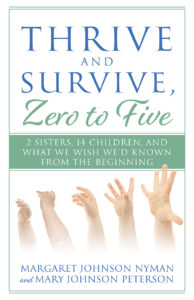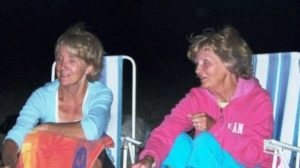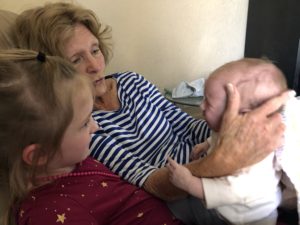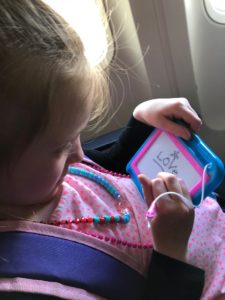Excerpt from THRIVE AND SURVIVE, ZERO TO FIVE
I (Margaret) once watched a hurried mother brisk-walk across a big parking lot, her toddler in tow. The little guy’s legs were a blur as he tried to keep up with the big strides of his mommy, but he was failing. She seemed unaware of his struggle, and every few feet she gave him a yank and a hurry up, as if he was dawdling or resisting on purpose.
 This little boy was doing his best, but it wasn’t long before she was tugging him so hard his feet literally left the pavement. This insensitive mother needed to acknowledge that her child wasn’t ready to do what she was asking.
This little boy was doing his best, but it wasn’t long before she was tugging him so hard his feet literally left the pavement. This insensitive mother needed to acknowledge that her child wasn’t ready to do what she was asking.
And the solution would have been easy. She could have carried him, pushed him in a cart, or slowed her pace.
Little children need to be allowed to be little. Even Paul of the Bible spoke about this. He wrote, “When I was a child, I spoke and thought and reasoned as a child. But when I grew up, I put away childish things” (1 Corinthians 13:11 NLT). In other words, acting your age—even when it’s only one or two years old—is the way it’s supposed to be. When the time is right, life will insist that childish things be put away.
SIDEBAR: WHEN NOT TO PUSH IT
- Is it beyond his ability?
- Does she understand what your words are saying?
- Is he exhausted?
- Are you exhausted?
- Are you reacting rather than acting?
- Are you angry?
- Is she getting sick?
- Are you in a rush?
- Can the battle be won?






